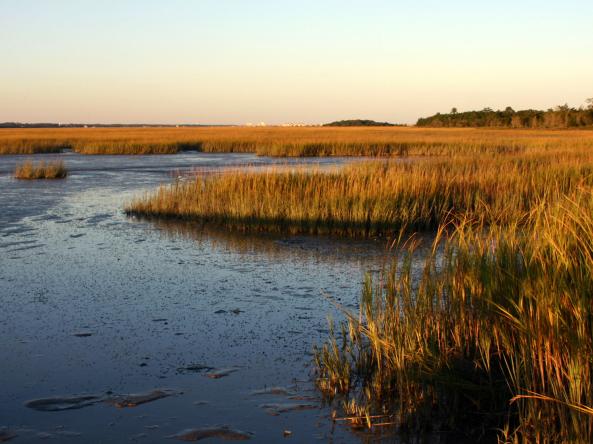For the latest forecasts and critical weather information, visit weather.gov.
The National Weather Service's Northwest River Forecast Center will hold monthly water supply briefings from January through late spring on the first Thursday of each month. The briefings are composed of two parts: a telephone conference call and a web-based presentation.
The National Weather Service's Northwest River Forecast Center will hold monthly water supply briefings from January through late spring on the first Thursday of each month. The briefings are composed of two parts: a telephone conference call and a web-based presentation.
The National Weather Service's Northwest River Forecast Center will hold monthly water supply briefings from January through late spring on the first Thursday of each month. The briefings are composed of two parts: a telephone conference call and a web-based presentation.
The National Weather Service's Northwest River Forecast Center will hold monthly water supply briefings from January through late spring on the first Thursday of each month. The briefings are composed of two parts: a telephone conference call and a web-based presentation.
The National Weather Service's Northwest River Forecast Center will hold monthly water supply briefings from January through late spring on the first Thursday of each month. The January Northwest River Forecast Center Water Supply Forecast Monthly Briefing was composed of two parts: a telephone conference call and a web-based presentation.
Winter is the season that can make or break drought in the Southwest. With another La Niña in the Pacific, this winter was predicted to be warmer and drier than normal. This mid-winter webinar discussed how the snowpack is fairing and what the next few months will look like. This webinar also provided an overview of the Drought Severity Evaluation Tool (DSET).
About This Webinar:
Drought conditions continue to impact the Lower Mississippi River Basin, with over 73% of the Lower Mississippi watershed in moderate to extreme drought (D1–D3) and river levels recently hitting record lows in some areas. To provide the latest information on current drought conditions, impacts felt across economic sectors, and short-term and long-range outlooks, NOAA’s National Integrated Drought Information System (NIDIS) in partnership with NOAA’s National Weather Service, the U.S. Army Corps of Engineers, and the U.S.
The last month was unseasonably warm in the Southeast, with much above-average temperatures reported across many locations. Most of the region continued to remain dry due to low precipitation rates, which has led to the continuation and gradual expansion of drought in many areas. The exception is those areas affected by Hurricane Nicole, which made landfall in Florida on November 10. Nicole resulted in significant coastal erosion and property damage; it is the first November hurricane to strike Florida in 37 years.
Drought conditions in the Lower Mississippi River Basin continue to deteriorate. To provide the latest information on current drought conditions, drought impacts felt across economic sectors ranging from river navigation and transportation to agriculture, as well as short-term and long range outlooks, NIDIS and partners held a webinar on November 18, 2022 focused on the drought in the Lower Mississippi River corridor.




